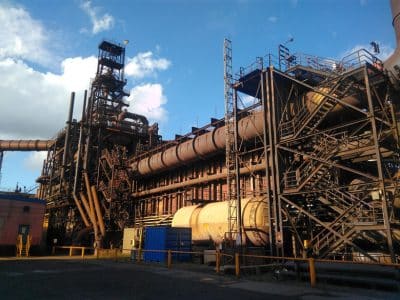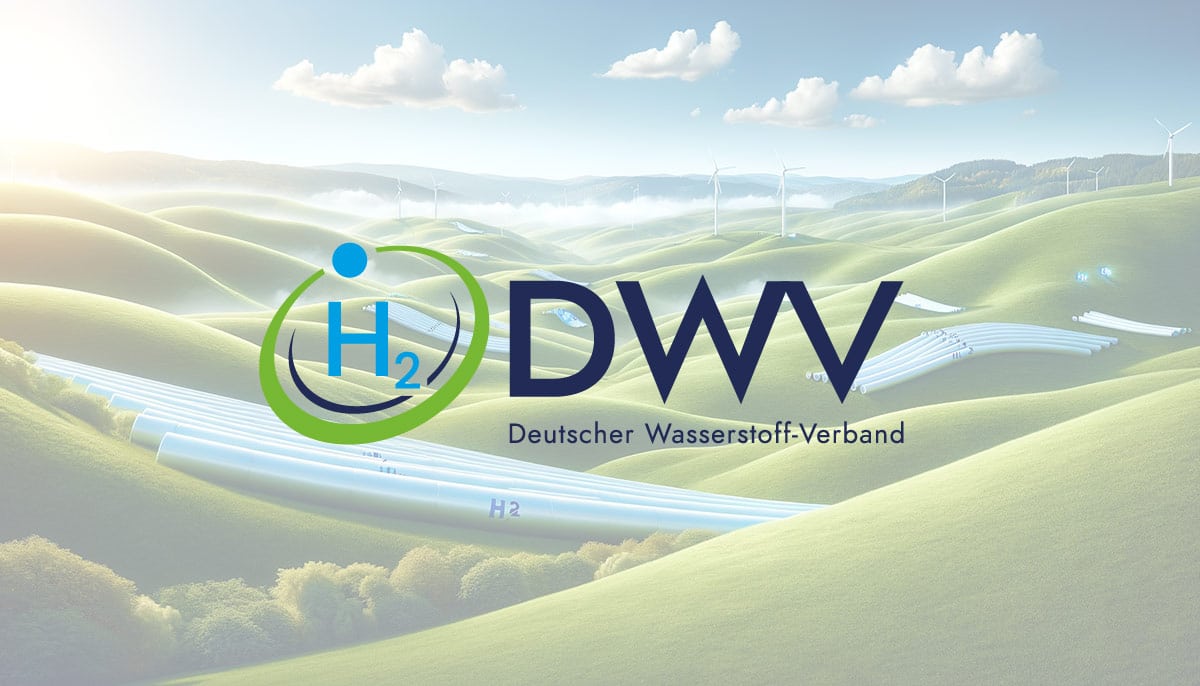Considering the highly ambitious GHG reduction targets that both the German government and the European Union have announced for 2050, it seems hardly enough to transform only the electric power market. Each part of the economy must see dramatic changes if the goal is a zero-carbon future. This also includes the steel industry, which produces around 6 percent of the carbon dioxide emissions in Germany and will need to respond to great challenges to survive within the EU. One option to reduce its carbon footprint is the use of renewably generated hydrogen and electricity. While technically feasible today, such alternative methods of production would come at great cost that no steelworks could bear without some government assistance.
Traditional steelmaking
Top-quality steel, which is needed, for example, to manufacture auto parts, is produced from ores that are rich in iron oxides. Their high purity is the only way to ensure lightweight, high-strength products. Today, most steel is made by burning coke in a blast furnace. Despite being highly efficient, this process releases more than a ton of carbon dioxide for every ton of steel produced. Already, there are techniques that can achieve the same goal based on a hydrogen-rich blend. One of them is direct reduction, employed by companies such as ArcelorMittal Hamburg. It substitutes natural gas for coke and creates, inside a steam reformer, a reducing gas that contains about 60 percent hydrogen.
In partnership with ArcelorMittal Hamburg, the HAW – Hamburg University of Applied Sciences has studied the effects of using pure hydrogen, produced by a power-to-gas system, for the direct reduction of iron ore (see fig. 1). This approach will result in a zero-carbon process provided renewable electricity is fed into the installation. The gas will subsequently be mixed with re-cycled hydrogen and heated to about 900 °C, the temperature required for the relevant chemical reaction to occur.
…
Simulations have shown that one ton of H2BI will need around 635 normal cubic meters of hydrogen. If the aim is to produce 1 million tons a year, demand will amount to 80,000 normal cubic meters per hour. At 75 percent electrical efficiency, the power-to-gas system will therefore have to provide 375 megawatts. This figure is much higher than the individual capacity of today’s systems, which typically range from 1 megawatt to 6 megawatts.
The steel industry’s dilemma
The steel industry faces the same problem that the energy sector had around 20 years ago. Companies have innovative, and sustainable, ideas and plans, but there is no incentive to implement them in the current business environment. The following is hoped to explain why that is the case.
One important reason is the cost of electricity. The least expensive renewable resource to produce hydrogen is onshore wind, for which around EUR 80 is paid per megawatt-hour via the German Renewable Energy Sources Act. There also need to be guarantees that the H2BI plant will run for a good portion of the year. Overall, EUR 100 per megawatt-hour of electricity seems like a reasonable assumption to make. Thus, operating expenses will be about EUR 37,500 per hour, or EUR 300 per ton of H2BI. In comparison, iron reduction by conventional means costs about EUR 40, or one-seventh, per ton, which shows that the new process is far from economically viable at this point. The margins in the steel industry are too low to compensate, so that zero-carbon reduction would produce nothing but losses.
Capital expenditure also needs to be part of the calculation. A similar but conventional direct reduction plant to produce 1 million tons of steel a year requires around EUR 300 million. At an H2BI plant, the electrolyzers alone would come to about EUR 3 million for each megawatt of capacity and a total of EUR 1.12 billion. Here, too, it is quite clear that the new technology cannot compete in the current market environment.
…
Another option would be to introduce a carbon tariff, a tax to reflect the carbon footprint of each steel product on the EU market. This tariff could lead to hydrogen steelmaking becoming economically viable. Considering free trade and globalization, however, it seems as unlikely to succeed as the other two.
Conclusion
From a technical point of view, renewably sourced hydrogen could help the steel industry create new and eco-friendlier products with a lower carbon footprint. While simulating one method to produce the hydrogen and evaluating the results, it has been determined that although the production is technically feasible, it needs to become much less expensive to be truly competitive and attract investors. To create a more favorable market environment, government policy needs to change.
…
Written by Prof. Dr.-Ing. Marc Hölling, Hochschule für Angewandte Wissenschaften (HAW) Hamburg, Germany



























Innovative solutions in most areas are really not heavily incentivized. If it doesn’t align with the private sector’s agenda, it’s near impossible to get proper funding. Zero carbon will dampen profit.